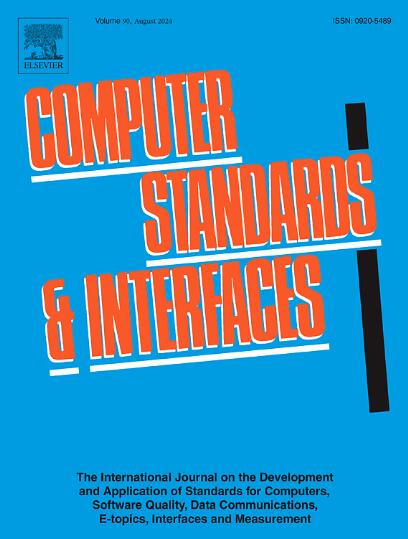An adaptive geometrical clustering routing protocol (AGCRP) for energy-efficient mobile wireless sensor networks in smart cities
IF 3.1
2区 计算机科学
Q1 COMPUTER SCIENCE, HARDWARE & ARCHITECTURE
引用次数: 0
Abstract
The use of wireless sensor networks (WSNs) has increased rapidly in recent years as almost everything around us is becoming smart. Many challenges are facing WSNs, and one of them is energy utilization. In most scenarios, sensor nodes (SNs) are battery-powered. Once the battery is exhausted, the SN is treated as a dead node and its coverage area is considered a blind region. Another problem is the mobility of SNs. In many applications, SNs are movable that creates a frequent change in the system’s topology, which may lead to a great reduction in the system’s performance. Building an appropriate routing protocol to handle these problems can significantly increase the system’s performance. An adaptive geometrical clustering routing protocol for mobile WSNs (AGCRP) is introduced. The protocol divides the network into grid cells, each cell has a forwarder cluster head (FCH), a collector cluster head (CCH), and a set of cluster members (CMs). The CCH collects the data from CMs in its cluster and sends it to the FCH. The FCH then sends the data to the main station (MS). The selection of FCHs and CCHs has been done considering parameters such as energy level, distance to the grid center, and average distance relative to CMs. The simulation results show that the suggested method increases the stabilization, lifetime, and throughput of the static environment by about 31%, 34%, and 41% respectively compared with EECRAIFA, and increases the stabilization, and lifetime for the dynamic environment by about 74% and 32% respectively compared with DTC-BR.
面向智慧城市节能移动无线传感器网络的自适应几何聚类路由协议
近年来,无线传感器网络(WSNs)的使用迅速增加,因为我们周围的几乎所有东西都变得智能。无线传感器网络面临着许多挑战,其中之一就是能量利用问题。在大多数场景下,传感器节点(SNs)由电池供电。一旦电池电量耗尽,SN被视为死节点,其覆盖区域被视为盲区。另一个问题是社交网站的移动性。在许多应用中,SNs是可移动的,这会导致系统拓扑结构的频繁变化,这可能会导致系统性能的大幅降低。构建适当的路由协议来处理这些问题可以显著提高系统的性能。介绍了一种用于移动wsn的自适应几何聚类路由协议(AGCRP)。该协议将网络划分为网格单元,每个网格单元有一个转发集群头(FCH)、一个收集器集群头(CCH)和一组集群成员(CMs)。CCH将集群内CMs的数据收集后发送给FCH。然后FCH将数据发送到主站(MS)。考虑了能量水平、到电网中心的距离以及相对于CMs的平均距离等参数,对FCHs和CCHs进行了选择。仿真结果表明,与EECRAIFA相比,该方法在静态环境下的稳定性、寿命和吞吐量分别提高了31%、34%和41%,在动态环境下的稳定性和寿命分别比DTC-BR提高了74%和32%。
本文章由计算机程序翻译,如有差异,请以英文原文为准。
求助全文
约1分钟内获得全文
求助全文
来源期刊

Computer Standards & Interfaces
工程技术-计算机:软件工程
CiteScore
11.90
自引率
16.00%
发文量
67
审稿时长
6 months
期刊介绍:
The quality of software, well-defined interfaces (hardware and software), the process of digitalisation, and accepted standards in these fields are essential for building and exploiting complex computing, communication, multimedia and measuring systems. Standards can simplify the design and construction of individual hardware and software components and help to ensure satisfactory interworking.
Computer Standards & Interfaces is an international journal dealing specifically with these topics.
The journal
• Provides information about activities and progress on the definition of computer standards, software quality, interfaces and methods, at national, European and international levels
• Publishes critical comments on standards and standards activities
• Disseminates user''s experiences and case studies in the application and exploitation of established or emerging standards, interfaces and methods
• Offers a forum for discussion on actual projects, standards, interfaces and methods by recognised experts
• Stimulates relevant research by providing a specialised refereed medium.
 求助内容:
求助内容: 应助结果提醒方式:
应助结果提醒方式:


